Toyota Supra: early sporting success
In contrast to the first-generation Celica Supra, whose greatest motorsport achievement was as a pace car in the 1979 US Grand Prix, the A60 enjoyed a fuller career on the track. In the British Saloon Car Championship (forerunner of the BTCC), driver Win Percy saw great success campaigning a Celica and Corolla, so naturally moved to the Celica Supra for 1983.
Percy won the ninth round of the 1984 series outright, fending off Andy Rouse’s 3.5-litre Rover, before bike racing legend Barry Sheene took charge of Percy’s car for the 1985 BSCC season. The same year, Per Eklund was declared Group A champion in the Ulster Rally with his identically liveried, though not works-prepared, Celica Supra.
Toyota Supra: a sharper suit
The next step in the history of the Toyota Supra came with the introduction of the A60 Celica XX, launched in Japan in July 1981. Now based on the sharp-suited, third-generation Celica platform, this new model focused on sporting prowess and was sold as the Celica Supra in all export markets.
The new Celica Supra became available in the European market for the first time in August 1982, and enjoyed an additional air of exclusivity in the UK due to its limited supply of just 100 cars per month.
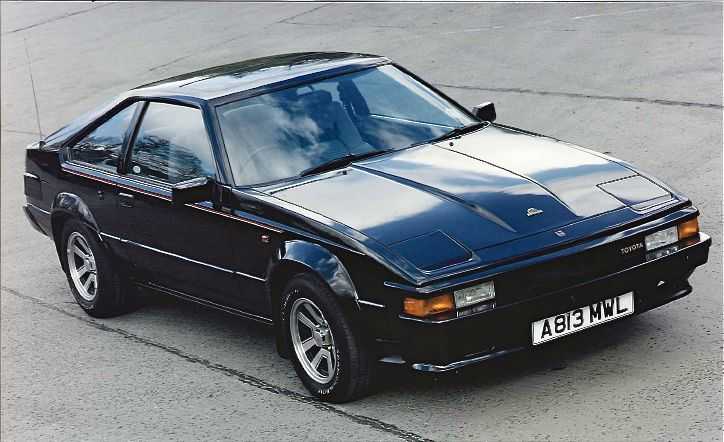
Even though it was identical to the regular Celica coupé from the B-pillar backwards, the Supra’s hallmark long wheelbase and stretched front-end again allowed Toyota to equip its range-topping sports car with a straight-six powerplant, particularly its new 2.8-litre 5M-GE flagship twin-cam engine. Other identifying marks of the second-generation Celica Supra included retractable headlights, a more aggressive flare to the wheel arches and, importantly for enthusiasts, independent rear suspension.
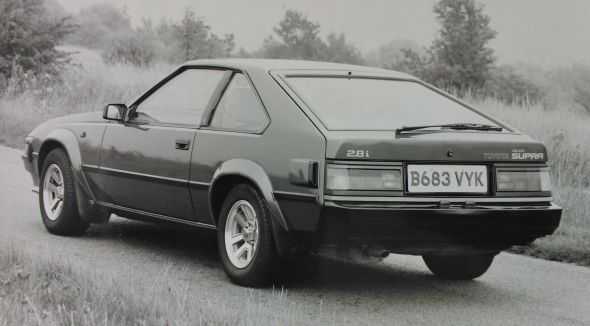
Toyota Supra: the legend returns
For many years, the thought of a fifth-generation Toyota Supra was merely wishful thinking. But a glimmer of hope was ignited with the unveiling of the dramatic – and clearly Supra-inspired – Toyota FT-1 concept in January 2014. A second version of the front-engine, rear-wheel drive sports car was revealed eight months later, the most noticeable difference being a change in colour from bright red to graphite grey.
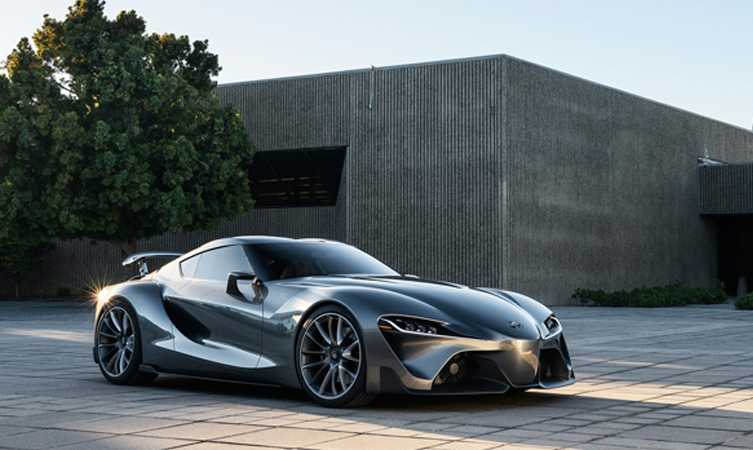
Further information on a possible production version of the concept was not forthcoming until Toyota released a shadowy teaser image ahead of the 2018 Geneva International Motor Show. The accompanying text informed the world that “a modern racing concept will signal Toyota’s commitment to bringing its most iconic sports car back to the market.”
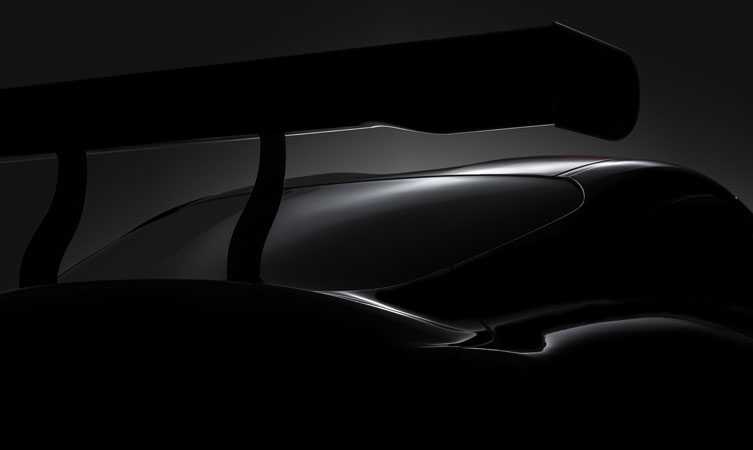
The excitement surrounding this announcement was incredible. And the actual car was everything that Toyota enthusiasts could have hoped for. Not only did the Toyota GR Supra Racing Concept revive the name and spirit of the most celebrated model in Toyota’s sports car heritage, it demonstrated Toyota’s commitment to bring the Supra back to the market.
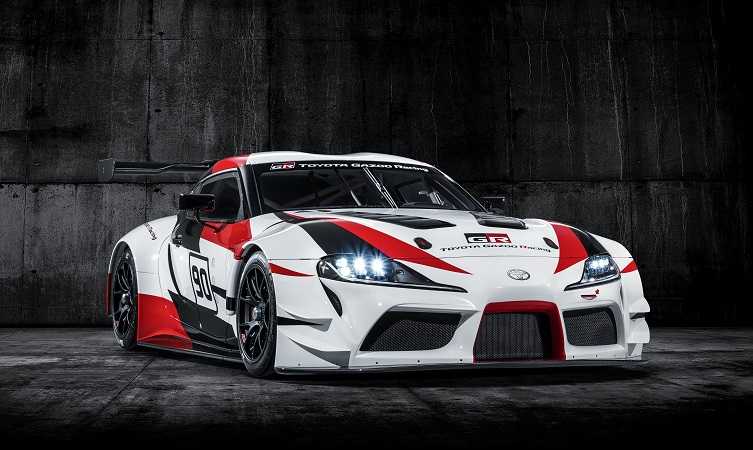
Teasing us further, a Toyota Supra prototype was then revealed, albeit still under heavy disguise, and even test-driven in its near-production-ready state. These early indications were very encouraging, with many reporting that the car was everything that enthusiasts hoped it would be.
And now, 17 years after production of the Supra ceased, the new fifth-generation (A90) Toyota GR Supra is in full production once again. The history of the Supra continues!

Тойота Супра 2022 г.
Согласно обзору Car and Driver, Toyota Supra 2022 года получает идеальную десятку. В то время как модели Toyota Supra четвертого поколения в равной степени могут занять первое место, в линейке Toyota Supra 2022 года есть то, чего не было ни в одной другой серии Supra до нее. Он оснащен современными технологиями, а также всеми действующими государственными правилами техники безопасности, чтобы фанаты серии Supra могли взять их в свои руки. Все еще доступный только с автоматической коробкой передач, растущая известность серии Supra заставила Toyota обратить больше внимания на возвращение спортивного автомобиля, который стал зеницей ока автолюбителей. Среди фанатов, с любовью вспоминающих золотые дни присутствия Toyota Supra в 1980-х и 1990-х годах, а также нового поколения энтузиастов спортивных автомобилей, последняя версия пятого поколения Supra приложила все усилия, чтобы ответить обеим аудиториям. В…
The car in front is a Toyota
The highly-anticipated fourth-generation (A80) Supra was finally unveiled at the 1993 Chicago Motor Show after a four years in development under the guidance of chief engineer Isao Tsuzuki, who had also worked on the first Celica and both generations of MR2.
Unlike anything Toyota had produced before, the A80’s proportions and flowing design owed more to the 2000GT of the Sixties than its predecessor. With a long, low bonnet line and high-rise optional rear spoiler it was aerodynamically efficient and clearly aimed at delivering a much higher top speed.
‘Less is more’ was the key concept during development of the A80, manifested in external dimensions that were shorter, lower and wider than the outgoing car, while the extensive use of lightweight materials helped the engineers lose 100kg of mass compared to its predecessor. Even the carpet fibres were hollow to save weight!
Allied to a simplified engine line-up of either naturally aspirated or twin-turbocharged 3.0-litre JZ-series straight six offering between 220bhp and 326bhp (the Japanese voluntary limit was 280bhp), top-spec turbo versions with Toyota’s first six-speed gearbox now offered supercar performance.
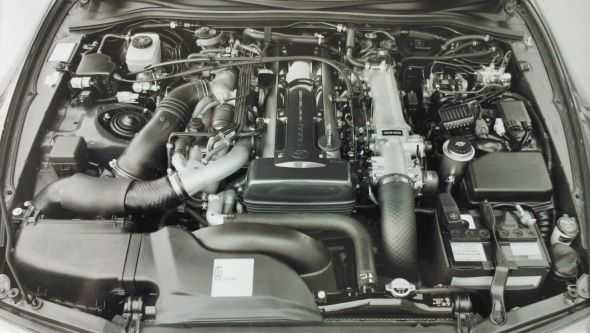
3.Тойота Супра А60 1984
По версии журнала Car and Driver, Toyota Supra A60 1984 года во второй раз подряд вошла в список десяти лучших автомобилей 1984 года. Начиная со второго поколения моделей Toyota Supra, модели A1984 60 года выпуска получили ряд значительных обновлений, которые сделали его даже лучше, чем модели 1983. Во-первых, 5-ступенчатые модели были увеличены до 160 лошадиных сил и 163 фунт-фут крутящего момента. Увеличение происходит за счет переработанного впускного коллектора с D-образными впускными направляющими и увеличенной степенью сжатия до 9,2: 1. В моделях с пятью скоростями также было установлено одноступенчатое повышение передачи с передаточным числом 4,30: 1 в заднем дифференциале. Однако все автоматические модели сохранили статистику предыдущего года, за исключением изменения заднего передаточного числа до 4,10: 1. Был также ряд внешних изменений в модельном ряду A60 с 1984 года, включая передние указатели поворота и возможность иметь либо высокий задний спойлер на задней двери, либо заднее стекло и боковые жалюзи. Задние фонари также были переработаны, как и дверные ручки. Цветовые схемы также менялись от бампера к бамперу.
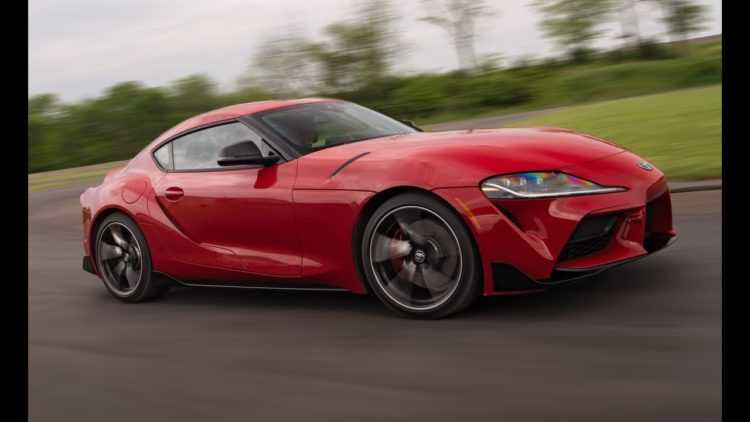
Интерьер
С завода Supra уже предлагалась со спортивными передними креслами, что намекало на ее спортивную натуру. Салон поделен на две половины центральным туннелем, переходящим в приборную панель и консоль.
Центральное место торпеды занимал, как ни странно, тахометр. Все остальные датчики и приборы находились по бокам.
Супра — машина для пилота. Достаточно взглянуть на фото слева и все станет понятным. Абсолютно все приборы, кнопки и рычаги управления развернуты к водителю. При чем сделано это не случайно. Для управления такой машиной нужна максимальная концентрация и удобство расположения органов управления.
Не смотря на то, что есть пассажирское место, мне кажется, что это машина 1 человека. Посмотрите, как отделено место пассажира от водителя. Интерьер всем видом намекает на то, что все в этой машине сделано для пилота.
Инженеры Toyota потрудились на славу.
Супра Корни
В дополнение к дизайну, производному от Toyota Celica, Toyota 2000GT и ее рядная 6-цилиндровая компоновка также послужили корнями Supra, поскольку именно здесь можно увидеть увеличение ее конструкции. Каждое из первых трех поколений предлагало компоненты двигателя M, которые использовались в моделях Toyota 2000GT. Интерьер также был похож на этот и серию Toyota Crown, поскольку все эти автомобили имели одинаковую кодировку шасси и дизайн. После совместного использования версии логотипа Toyota Celica, разработанной в виде синего дракона, с 1986 по 1991 год, когда логотип компании Toyota был наиболее известен своей заменой.
Технические характеристики
Toyota Supra MkIV строилась исключительно на двигателях 2JZ объемом 3 литра. Они доступны в двух модификациях:
- 2JZ-GE — атмосферный;
- 2JZ-GTE — турбированный.
Первый развивал мощность до 225 сил, второй — 280, соответственно.
Были и агрегаты, нацеленные специально для американского рынка. Этот мотор продуцировал уже 320 лошадок. С ним разгон до первой сотни составлял пять секунд, а максимальная скорость достигала отметки в 285 км/час.
В паре с силовой установкой трудились 5-ти или 6-ти ступенчатая механические коробки передач, либо же 4-ступенчатый автомат.
Топовая модификация Supra для японского и европейского рынка — 2JZ-GTE 3.0 RZ-S достигает 280 лошадиных сил при 5600 оборотах в минуту. Максимальный крутящий момент — 451 ньютон при 3600 об/мин.
В качестве потребляемого топлива используется только бензин АИ-98. Его расход на 100 км колеблется от 6,6 до 11,9 литров. (прим. Конечно же это расход по паспорту, в идеальных условиях)
В Украину автомобиль никогда не поставлялся официально. Исключительно серые партии. Но истинных поклонников дрифта это мало останавливает, как и размещение руля с правой стороны кокпита.
A world-beater
Soon after its June 1993 launch in the US, road-testers were dreaming up new superlatives as the fourth-generation Supra trounced ‘Top Gun’ rivals that had been such a cause for concern only a few years previously. Even the 3.6-litre Porsche 911 Turbo could not beat it, while one Australian magazine pitched the car into an unlikely comparison with the Aston Martin DB7, which the Supra duly won on an objective level.

Plaudits continued to flow in when the UK press got hold of the new Supra, which was only available as a turbo version in Europe. Marginally quicker than the contemporary ST185 Celica GT-Four, the new 2JZ-GTE engine was praised for its flexibility, offering 90% of peak torque all the way from 1,300 to 4,500rpm before being cruelly cut short at 156mph, the car’s aerodynamically-enhanced stability making it feel like it was travelling at half that speed. Subsequent tuning of the 2JZ engine within the enthusiast aftermarket revealed it to be such an engineering master class that heavily modified units have been able to reach up to 2041bhp!
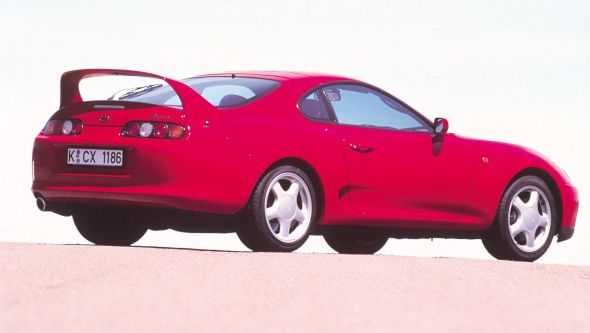
Toyota Supra: brand on the run
The 7M-GTE’s naturally aspirated relative was the launch engine for Supra sales in the UK, which started in July 1986 with a competitive pricing strategy to bring it in line with its rivals despite expensive importation costs. A rear spoiler was fitted to European versions as standard, so the only options were metallic paint, leather upholstery and an automatic gearbox.
But it was the Supra’s superb refinement that stood out to contemporary testers, being virtually unmatched for long-distance motorway cruising while simultaneously receiving praise for the important areas of performance, handling and ride. Indeed, Toyota was on a roll in the UK with its sporting triumvirate of Celica, MR2 and Supra winning an unprecedented one-two-three in What Car? magazine’s Best Coupe award in 1987.
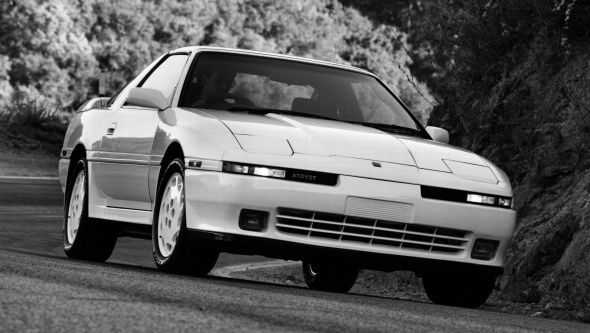
Though Japanese and American buyers had enjoyed turbocharged versions of the Supra for some time, the UK didn’t receive a Turbo version until August 1989, soon after the car’s midlife facelift.
Powered by the same engine as the domestic 3.0GT Turbo, it enticed buyers with 15% greater power and 35% more torque (now 254 lb/ft). Toyota’s halo sports car now reached a top speed of 153mph and dashed to 60mph in 6.1sec, a massive 1.9sec faster than the non-turbo car. Befitting of a time when Miami Vice was the must-see TV programme, the new Supra Turbo was also available in an optional White Pack, where all exterior trim and coachwork – even the wheels – were finished in Brilliant White.
Краткая история
При ее создании в качестве донора использовали платформу от не менее известной Toyota Celica, что и наделило Супру спортивным норовом. Первое поколение автомобиля во многом повторяло черты «прародителя». Mark I получил 6-цилиндровый бензиновый мотор на 2 или 2,5 литра мощностью 110 и 145 лошадиных сил, соответственно. Машина хоть и не произвела фурора, но была крайне тепло встречена публикой.
Спустя три года на дорогу выезжает Supra Mark II-А 60. Его колесная база укорочена, а все остальные параметры наоборот, увеличены. Внешность претерпела изменения и стала более агрессивной. Двигатель на 2,5 литра уступил место агрегатам на 2 и 2,7 литров, соответственно.
Знаковым для Supra стал 1986 год. Тогда модель официально «откололась» от Celica (ранее она позиционировалась лишь как модификация). Свет увидело третье поколение спорткара — Mark III. Кузов снова стал короче и шире предшественника, а вот дизайн преобразился радикально. Автомобиль буквально олицетворял собой ракету на колесах. В качестве дополнительной опции появилась модификация Targa. Здесь же впервые начали использовать турбированные моторы.
Toyota Supra: playing patience
The Japanese car industry experienced a period of phenomenal success through the late Eighties and early Nineties, with Toyota’s rival manufacturers launching vehicles such as the Nissan 300ZX, Mazda RX-7, Honda NSX and Mazda MX-5.
In light of the competition, expectation of an imminent launch of the A80 Supra was high but Toyota continued producing the third-generation until 1992 when it was sure it could debut a new vehicle that would better the best of the current crop. But until that happened, domestic market Supras saw the 7M-GTE replaced by Toyota’s new flagship 2.5-litre twin-turbo engine. It came from the new JZ-series that would go on to become the iconic heart and soul of the next-generation car.
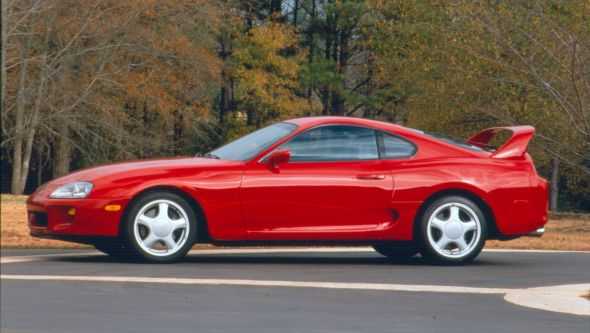
From high to low
Even though its front engine, rear-wheel drive format never altered throughout the history of the Toyota Supra, the Mk4 was by far the most successful in motorsport.
The model won its class in the Swiss Mountain Races, competed at the iconic Le Mans 24hr race two years running, charged up Pikes Peak, was competitive in American SCCA racing, and became a dominant force in the All-Japan GT Championships (JGTC) from 1995 all the way through to 2003. Despite these successes, however, times were changing and worldwide vehicle purchasing trends were slowly moving away from sports cars like the Supra.
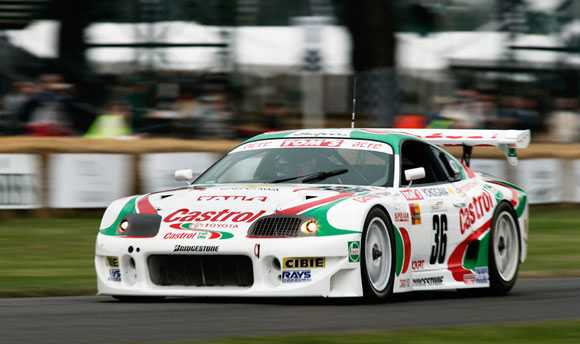
When the A80 Supra was discontinued in the UK in late 1996 it had notched up 600 sales from a total of 16,000 Supras sold in the UK across all generations. By the end of 1998 the Supra’s four-generation run in North America had also finished, which left the domestic market carrying on with lowered annual production runs until the car was finally axed in July 2002, primarily because it was deemed too expensive to meet forthcoming exhaust emissions targets. From April 1978 to July 2002, total production of the two Celica Supra and strict Supra generations stood at 593,337 units.
Toyota Supra
Среди многих различных диапазонов, принадлежащих к списку транспортных средств Toyota, есть Toyota Supra. Всего существует пять поколений серии, первое из которых началось в 1978 году, когда он был представлен как спортивный автомобиль. Первая серия Toyota Supra происходит от Toyota Celica, но в более длинной и широкой версии. С 1986 года A70 Supra стала отдельной моделью от своего брата Celica. Также в 1986 году Toyota больше не связывала названия Celica и Supra, поскольку компания хотела, чтобы у Supra была собственная идентичность. Первые три поколения Toyota Supra собирались на сборочных линиях на заводе компании в Тахаре, Аити, Япония. Четвертое поколение было собрано на заводе Motomachi в штаб-квартире компании, Тойота-Сити, также расположенной в районе Аити и нации Японии. Пятое и текущее поколение Toyota Supra также имеет модели, сходящие с конвейера Motomachi.



























